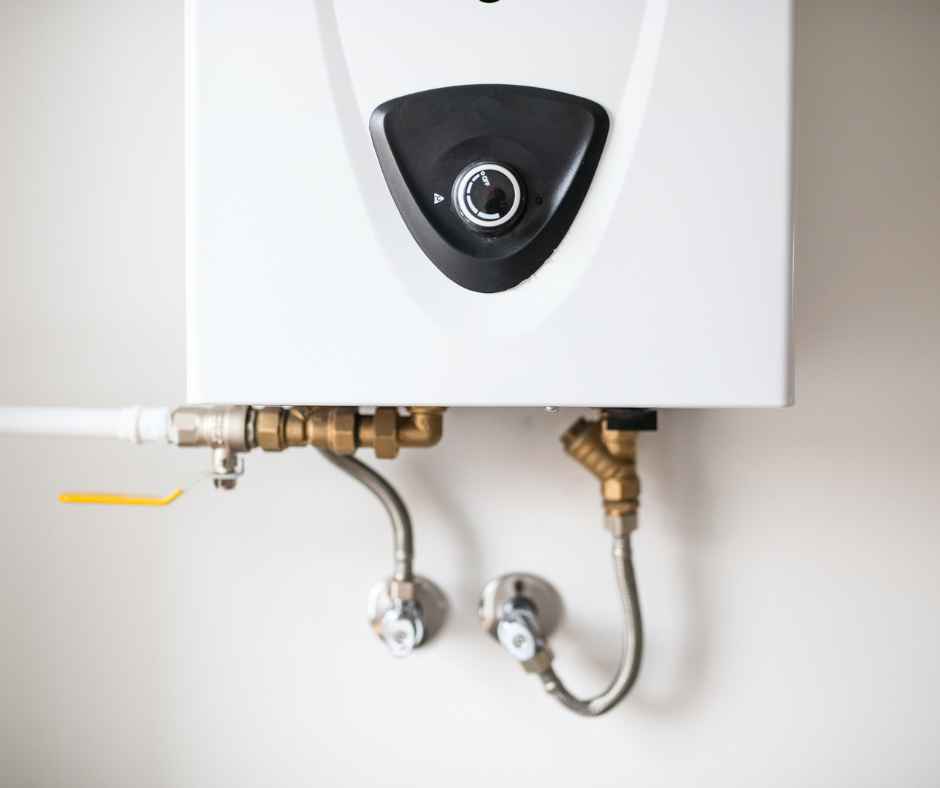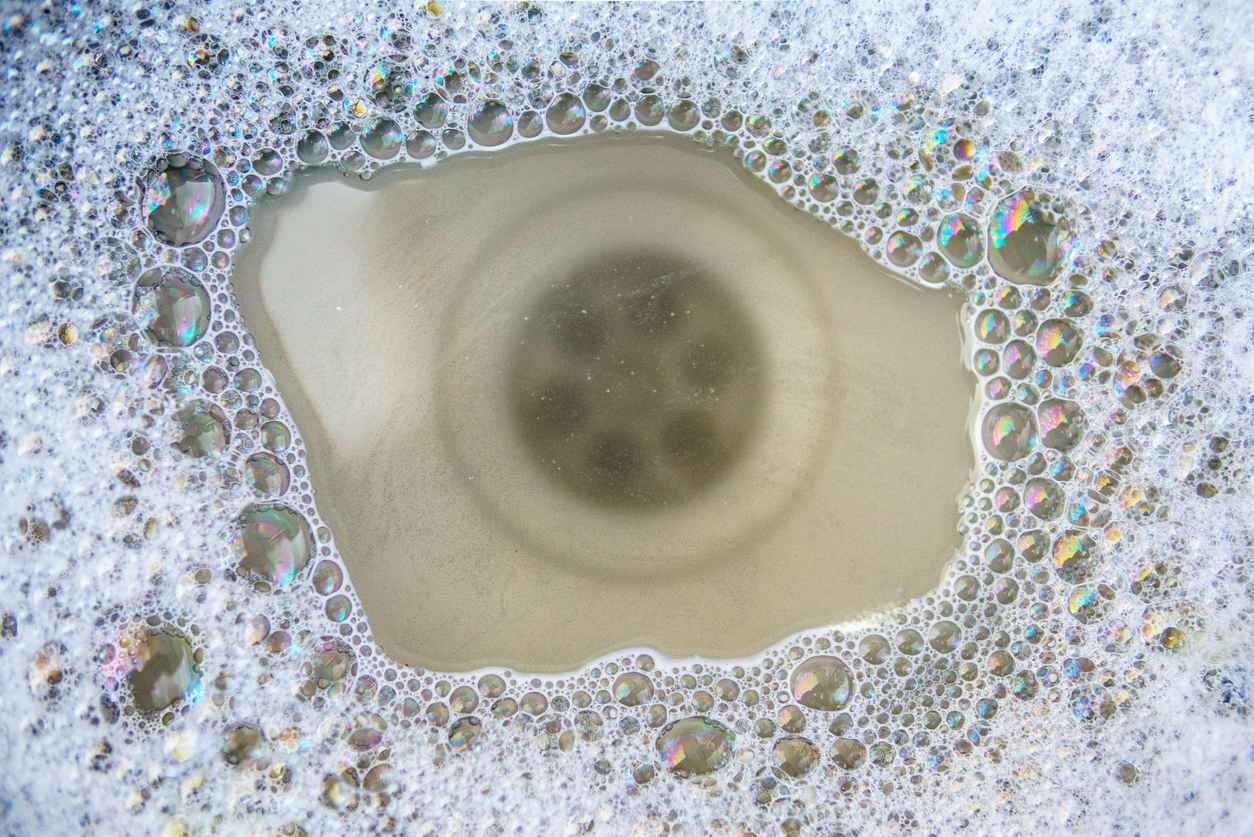[et_pb_section fb_built=”1″ admin_label=”section” _builder_version=”4.16″ global_colors_info=”{}”][et_pb_row admin_label=”row” _builder_version=”4.16″ background_size=”initial” background_position=”top_left” background_repeat=”repeat” global_colors_info=”{}”][et_pb_column type=”4_4″ _builder_version=”4.16″ custom_padding=”|||” global_colors_info=”{}” custom_padding__hover=”|||”][et_pb_text admin_label=”Text” _builder_version=”4.21.0″ background_size=”initial” background_position=”top_left” background_repeat=”repeat” hover_enabled=”0″ global_colors_info=”{}” sticky_enabled=”0″]
Water comes into your home through drain lines, and it’s also how it leaves. You’ve probably noticed that when you need plumbing work, the plumber first shuts off the water supply.
However, although you visit the toilet every single day of your life, you probably don’t quite know how it all works.
Here’s a short guide to drain lines and sewer pipes in your home.
Basics of Drain Lines
As expected, most homes use the same basic setup for their drains and plumbing. It’s not like there’s a magic toilet that turns your waste into space dust, after all.
The main water line comes in from underneath the house’s foundation and runs into your water heater. The water heater does as its name implies and provides hot water for your home.
There are also cold water lines that connect the mainline into your taps, bypassing the water heater.
Often, if there’s a problem with your water supply, it’s because of the water main.
Some common issues you’ll encounter include a drop in water pressure, a pool of water in the street or your yard, or a slow drain. These are all reasons to contact a professional in your area.
As for your drainage system, each fixture has its own drain line that ties back into a larger mainline going out of your house. Depending on your home setup, the wastewater either empties into a sewer system or your septic tank.
Septic tanks need to be pumped out routinely depending on how much it’s used, otherwise, you’re going to have a big, stinky mess on your hands. The standard is every 10 years or so.
A couple of important components of a drain are the trap and the pitch.
The trap keeps sewer gases from coming back through the pipes into your home. Pitch refers to the angle in which water flows easiest, and every drainpipe is built with it in mind to allow wastewater out of your home.
Older vs Newer Homes
The type of drain lines installed into your home could be very different depending on how old the building and foundation are.
In older homes built before the 1950s, you’ll find clay pipes and cast-iron pipes. You may even find fiber conduit pipes called Orangeburg.
While clay and cast-iron are durable and long-lasting, older homes are still prone to a host of plumbing issues.
Although most pipes are made to last 40+ years, older homes built 60+ years ago are well past their due date for getting their lines replaced. Even a copper line that can last between 60 to 80 years is almost at its end.
Additionally, like old people, aging pipes can sag and cause clogs and stoppages in the drainage system.
Changes in water treatments can also cause major issues for your water supply, as the pipe could react differently depending on the chemicals in the water. An example of this can be found in Flint, Michigan, where the water treatment leached lead from their pipes.
Newer homes are typically built with plastic sewer pipes, such as PVC. This piping is installed alongside the house’s construction and connects to the city sewer main.
Water and Drain Pipe Type
The type of material used to construct your water and drainage pipes depends mostly on the age of your home. However, each type has differing longevity and qualities making them all worth considering for new homes.
1. PVC and ABS
Plastic sewer pipes have smooth interiors for easily carrying both water and solid waste matter. They also resist roots from penetrating them, which can be an issue if your yard has multiple trees.
As such, PVC pipes are also safe for drinking water since they resist corrosion and can’t form bio-film contamination.
PVC pipes are a good choice for the environmentally conscious, as it’s a low carbon plastic and requires lower energy. They also require fewer resources to produce because the material is recyclable.
Although PVC has a 100-year service life, it’s said to have less than cast-iron due to the strength of those kinds of pipes.
2. Cast-iron
Cast-iron sewer piping is mostly associated with older homes, but it’s still used today due to its strength. Of all the different pipe types, it can handle the most amount of pressure per linear foot.
The main issue with cast-iron is that it’s not exactly easy to work with for homeowners.
To cut a cast-iron pipe into the ground, you need a soil pipe cutter, which isn’t an everyday tool. By contrast, a PVC pipe can be cut with a handsaw.
This pipe material also lasts the longest out of all of them, estimated to last over 80 years.
3. Clay
Clay isn’t just useful for making misshapen vases and cracked plates. It’s also a type of pipe material.
Vitrified clay sewer pipe is still used to date because it resists chemical degradation. However, it tends to attract tree roots due to its porous nature, which can make it crack.
It’s also difficult to work with for DIY homeowners, and none of the major home improvement retailers carry it.
Caring for Your Pipes
To care for your pipes and make sure they last as long as possible, avoid clogging them with food or hair. Use a drain screen in your showers and tubs, as well as in your sink.
High water pressure can be nice, but it makes your pipe joints, faucets, and appliance valves work harder than they need to. You should also use a water softener to minimize high mineral content from damaging your pipes.
And make sure to clear your septic tank when you notice any issues to prevent messy sewage backups.
Educate Yourself on Your Home
Doing home maintenance can seem like a chore, but knowing how to fix issues that pop up is essential to avoid the flood and stink of plumbing issues.
Sometimes, however, these problems are too far out of your control. When that happens, reach out to an expert to manage your drain lines.
Jolly Plumbing offers plumbing repairs, drain cleaning, water/sewer line damage, and septic tank cleaning. And check out our blog for some home maintenance tips.
[/et_pb_text][/et_pb_column][/et_pb_row][/et_pb_section]





